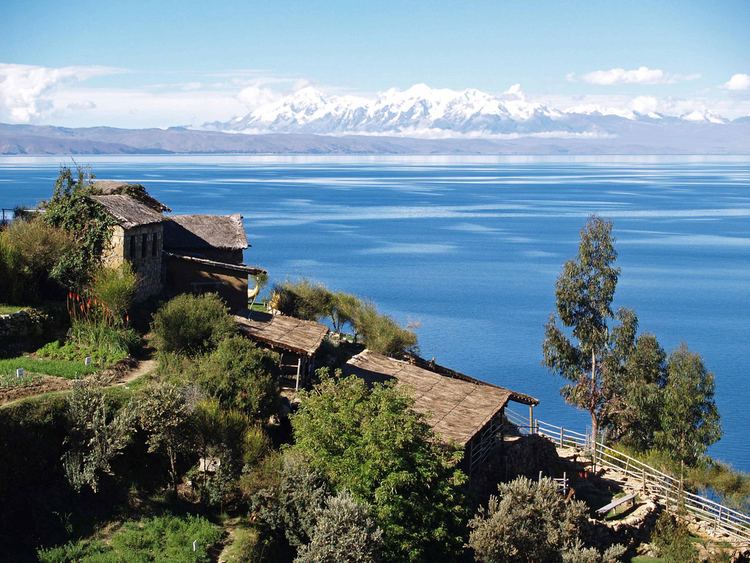 | ||
Monomictic lakes are holomictic lakes that mix from top to bottom during one mixing period each year. Monomictic lakes may be subdivided into Cold and Warm types.
Contents
Cold monomictic lakes
Cold monomictic lakes are lakes that are covered by ice throughout much of the year. During their brief "summer", the surface waters remain at, or below, 4 °C. The ice prevents these lakes from mixing in winter. During summer, these lakes lack significant thermal stratification, and they mix thoroughly from top to bottom. These lakes are typical of cold climate regions (e.g. much of the arctic).
Warm monomictic lakes
Warm monomictic lakes are lakes that never freeze, and are thermally stratified throughout much of the year. The density difference between the warm surface waters (the epilimnion) and the colder bottom waters (the hypolimnion) prevents these lakes from mixing in summer. During winter, the surface waters cool to a temperature equal to the bottom waters. Lacking significant thermal stratification, these lakes mix thoroughly each winter from top to bottom. These lakes are widely distributed from temperate to tropical climatic regions. One example is South Australia's Blue Lake, where the change in circulation is signaled by a striking change in colour.
